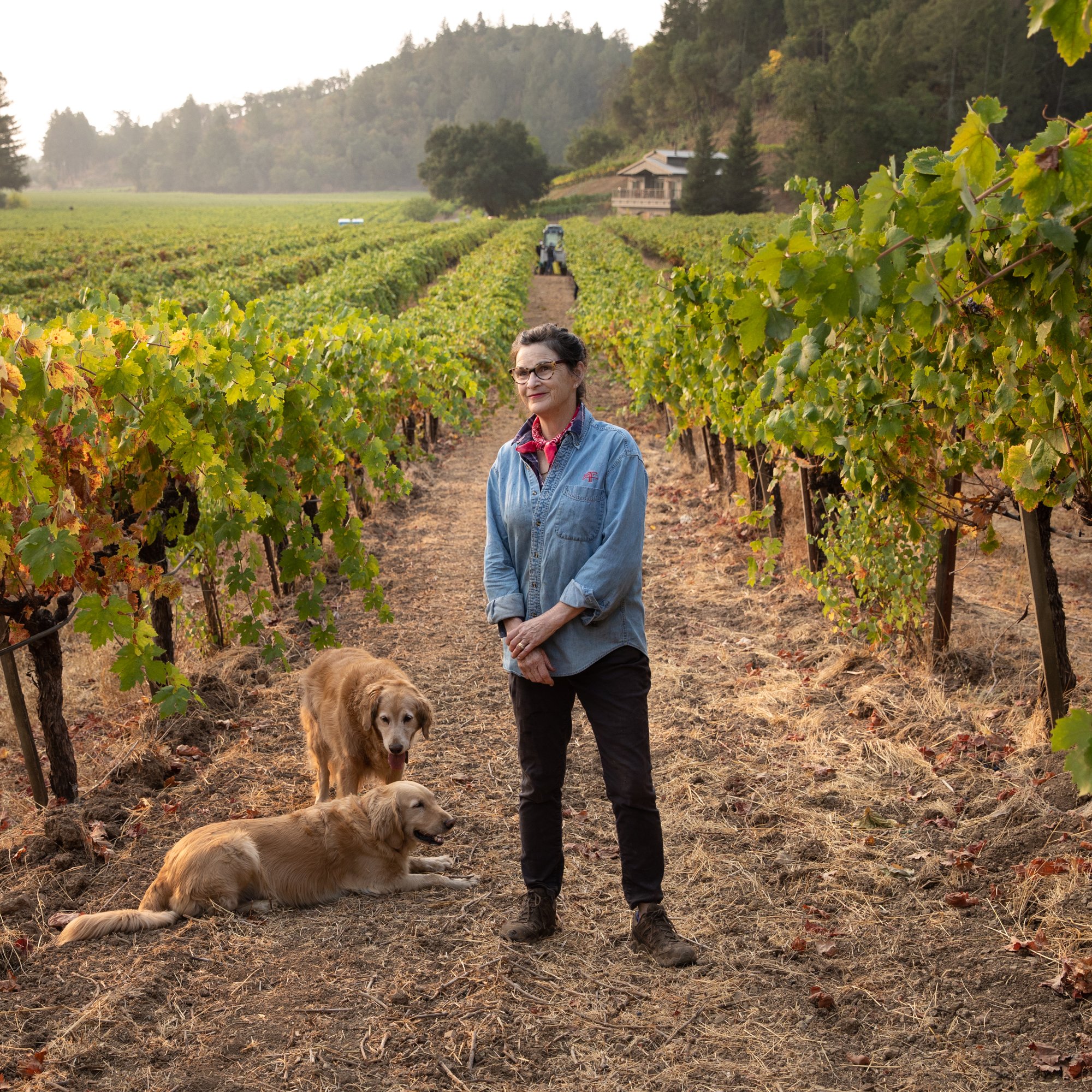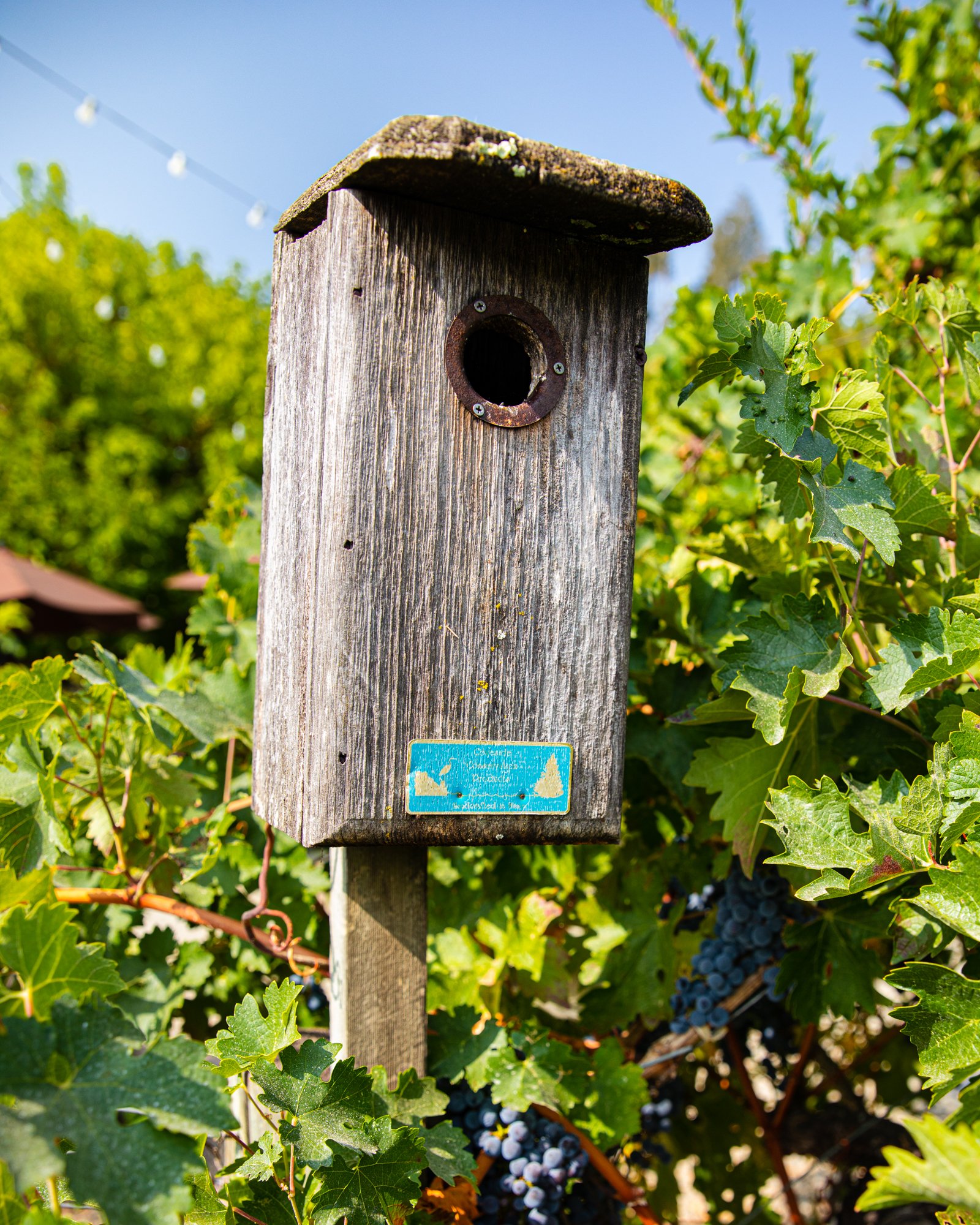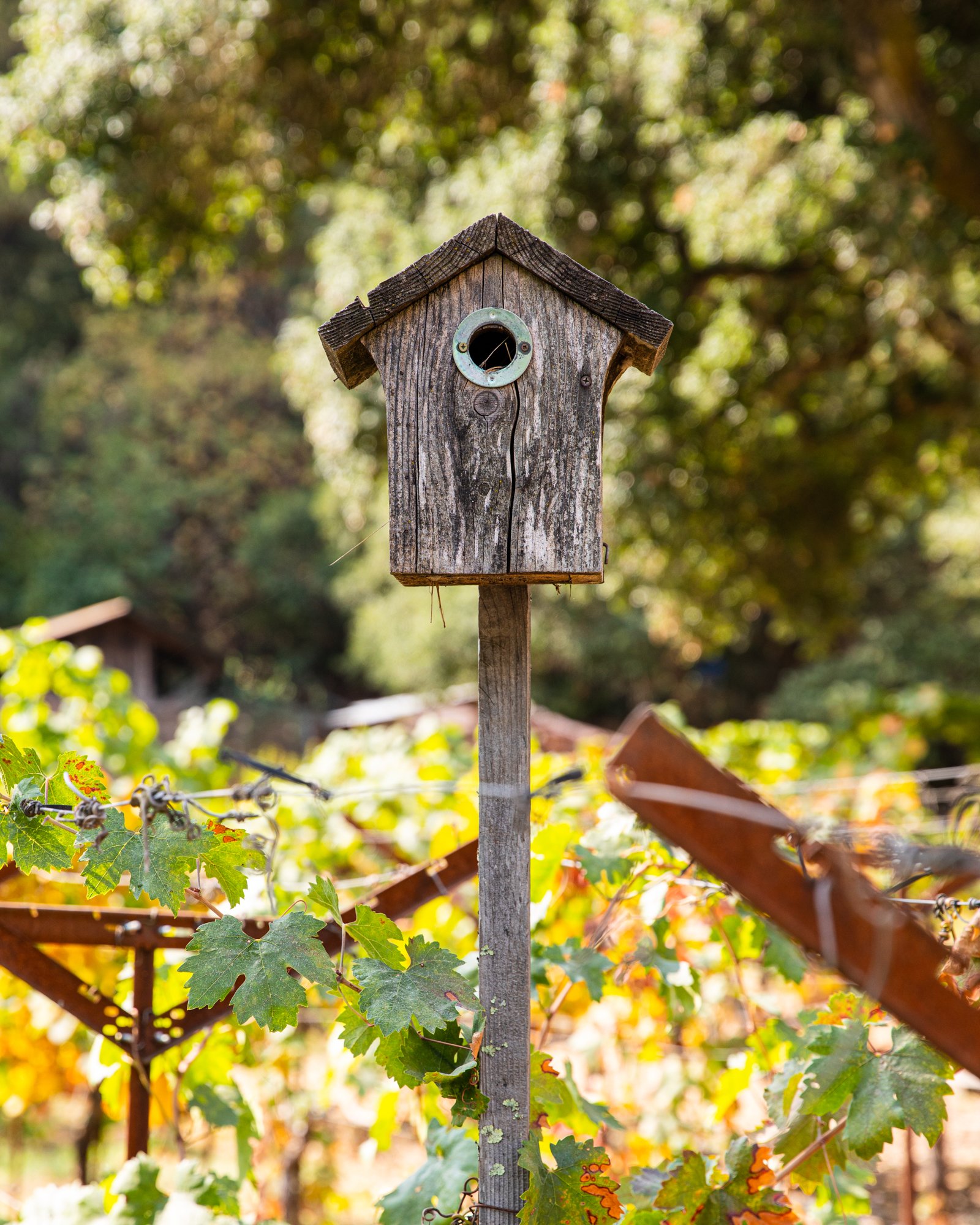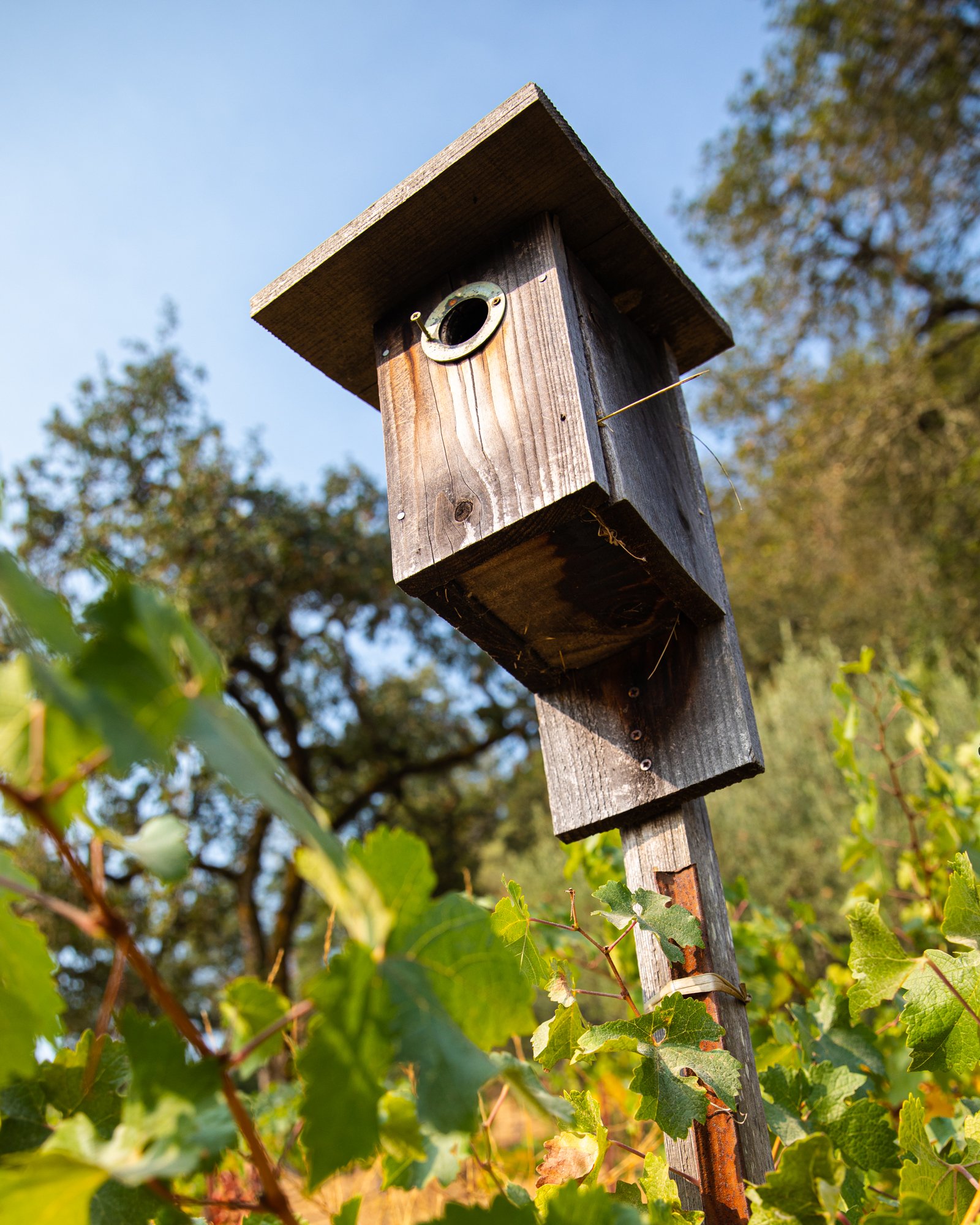For years I worked exclusively as a commercial photographer because…
Editorial work stresses me the hell out.
I’m a photographer that believes in “making” images, not “taking” them. So whenever I’m first documenting a story in real-time (ie. “Taking” photographs) I often feel a little sick to my stomach. Everything is moving so fast and so randomly that I can’t adequately process all the minutiae, the detail, emotion, light, etc that makes a good image. Dread sinks in and despite nearly 15 years in this profession, I slide into the pit of imposter syndrome, What if I miss the shot?! What if I’m the wrong person for this job?!
But then there’s this moment, this glimmer of inspiration, and the feeling lifts. I’m suddenly in it, the flow state where thirst and hunger subside and I start to see as the camera sees, the overlap of contrast zones, the subtext of my POV, the emotion that’s about to rise in my subjects.
There is still randomness, but now I’m one step ahead of it - now it’s mine to play with. The unexpected becomes magical and my work becomes an exploration of that.
The images I’m sharing here are from a commission that I was given by The Cornell Lab of Ornithology for a story about Tres Sabores Winery in Napa, CA. The winery is well known for using environmental controls for pest management - which in this case (you may have guessed) means birds.
My job was to document the harvest and the integration of bird boxes throughout the vineyard while a colleague (Ryan Bourbor) who specializes in bird photography worked the bird imagery.
I love how this shoot turned out - the haze of a nearby fire gave the sunlight a filmy look, the harvest that day was rich and juicy, my choice to opt for wider lenses gave the shoot a sort of special intimacy, and Julie Johnson (the proprietor) was full of life and joy.
I started the day at this shoot stressed out like I normally do on assignment - and I ended, as I normally do, excited about what I’d ultimately been able to make.
Stressful editorial shoots like this stick with me (maybe in part because of the trauma) and actually do a lot to inform the direction of how I make images from scratch (editorial or commercial). I have a mental catalog of tiny details that have emerged from the randomness and become the building blocks of all future work. If you could hear my mind the night before a big shoot, you might think I was a madman.
When I started my career I thought that the two worlds (editorial and commercial) were miles apart - but now I see them as two sides of the same coin. Now, even when I’m making imagery and controlling every aspect of camera, light, subject, and scene, I like to let a little randomness sneak in - just to see what magic is hiding around the corner.











